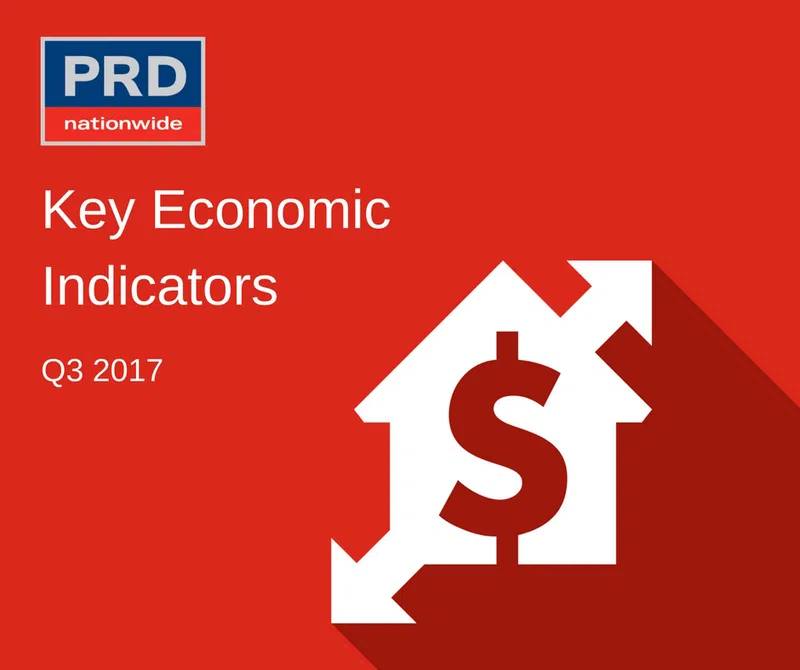Australia's home loan affordability improves over past 12 months

Key Findings
- Australia’s home loan affordability has improved by 4.4% over the past 12months, at 32.9 index points in March 2017
- The Australian Capital Territory (ACT) records the highest home loan affordability index reading, at 49.7 points. This exponentially surpasses the Australian average of 32.9 index points.
- Victoria records the 2nd highest in home affordability growth, at 6.6% over the past 12 months to March 2017
- New South Wales’ home loan affordability has increased by 3.7% over the past 12 months, to 27.7index points. Although still the lowest index reading compared to the rest of Australia, its affordability growth is on par with Queensland (3.6%)
Get the full report
The results are in! Australia’s home loan affordability has improved by 4.4% over the past 12months, at 32.9 index points in March 2017.
The Northern Territory leads the way with 10.2% improved affordability (47.4 index points), followed by Victoria at 6.6% (30.8 index points).
The Northern Territory leads the way with 10.2% improved affordability
Consumer sentiment is a key indication of the general population’s confidence in the economy, whereby a higher index point reading suggests consumers are more willing to spend rather than save. Consumer sentiment has remained under the positive line (100 index points) in August 2017, currently at 95.5 index points. This is a 5.5% decrease when compared to consumer sentiment reading 12 months ago, and the lowest since then. This suggests consumers are uncertain and cautious, and are more willing to save than spend.
The standard variable loan has decreased slightly to 5.2% this quarter, which should assist in building consumer confidence over the next few months.
Weekly median income has increased in all states
The Australian weekly median income is recorded at $1,688 in March 2017 an increase of 2.2% over the past 12 months. Weekly median income has increased in all states, with South Australia leading the way – increasing by 4.1% to $1545 per week.
Consumer price index has decreased to 1.9 index points, suggesting goods and services are more affordable when compared to the previous quarter. This is good news for household income, and should further assist in increasing consumer sentiment.
Affordability for all, in particular first home buyers, continues to be a hot topic and a key concern
Affordability for all, in particular first home buyers, continues to be a hot topic and a key concern. Over the past 12 months Australian Home Loan Affordability Indicator reflects an increase for all states, with the highest increase found in Northern Territory - from 43.0 to 47.4 index points (10.2%). Over the past 12 months the number of loans to first home buyers in Australia has increased to 20677; from 20401 (1.4% increase). Surprisingly the number of first home buyers have decreased the most in Tasmania, by 11.1% over the past 12 months, attributed to the increasing number of interstate investors taking advantage of Tasmania’s lower median property prices.
What are PRD’s Key Economic Indicators?
The PRD Q3 2017 Key Economic Indicators provide consumers with a quick snapshot of the current state of affairs from an economic and property perspective.
The PRD Key Economic Indicators cover both national and state level data, comprising of:
- Number of loans to first home buyers
- Home loan affordability index
- Number of dwelling approvals
- Consumer sentiment index
- Standard variable loan
- Consumer price index
- Unemployment rate
- Weekly family income
- Nett migration
Related
View PRD's Key Economic Indicators for Q2 2017
View PRD's Key Economic Indicators for Q1 2017
Find property research & more in PRD's Research Hub








